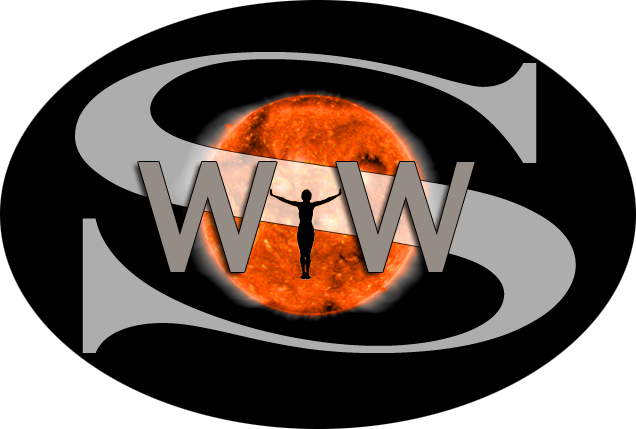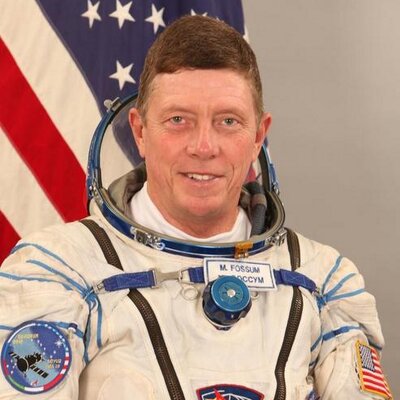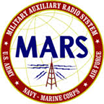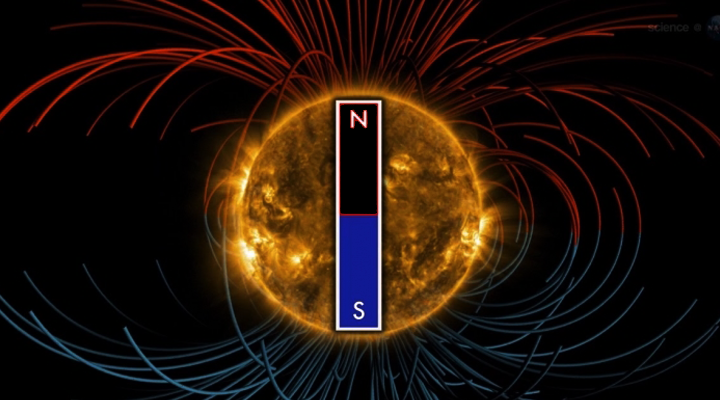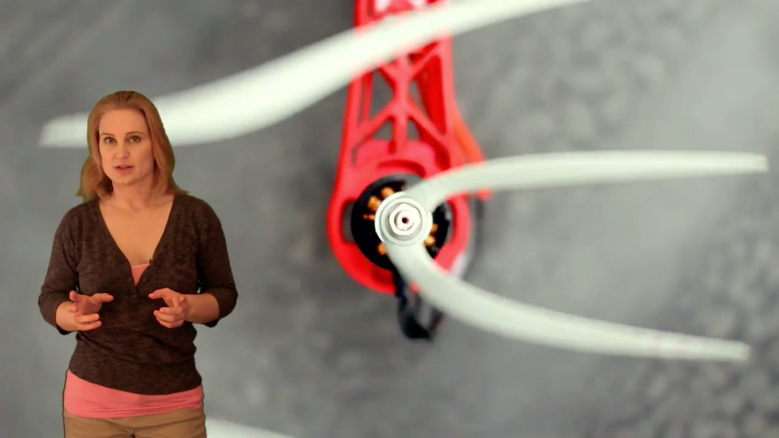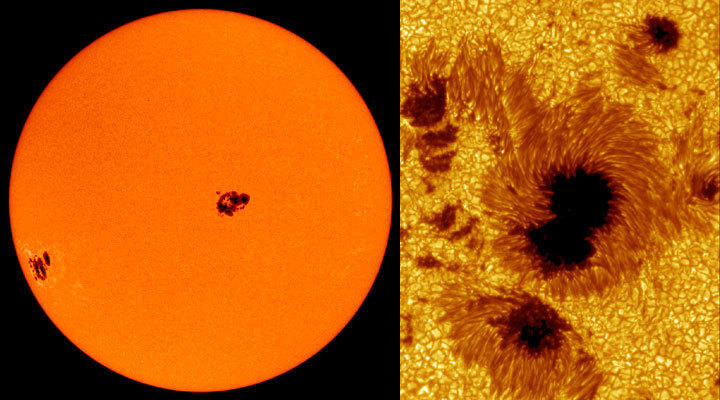
As Seen On:

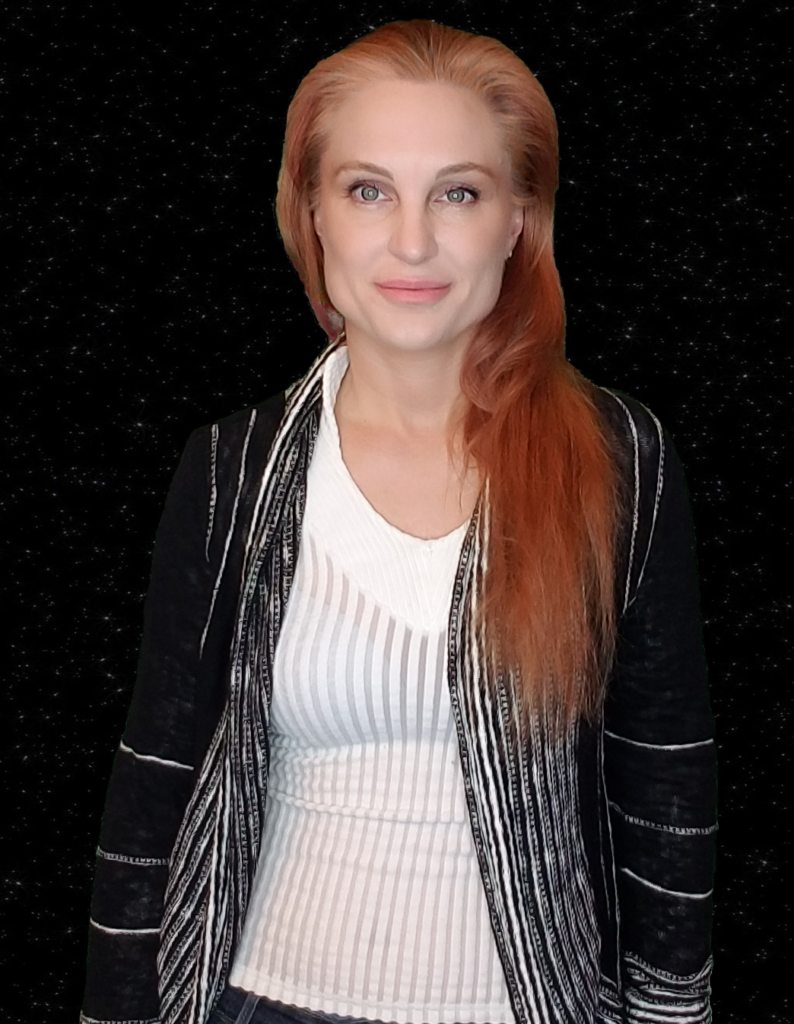
” If you are fascinated by aurora and hope to see it someday (on or above our planet), you need to follow Tamitha Skov. “
“We hold quarterly HF Communications Exercises with the Amateur Radio Community. Although the solar wind is great for aurora it’s a nightmare for us. Keep up the great work.”
“Your work is helpful, important, and inspiring– not only to me but also to my 12-year-old step daughter who now has an interest in space weather!”
Great, consistent content. I appreciate especially how the presenter IDs groups for whom data points might be relevant: aurora photogs, air travelers, radio operators. The job is definitely futuristic. It’s just that the future, finally, is now.
